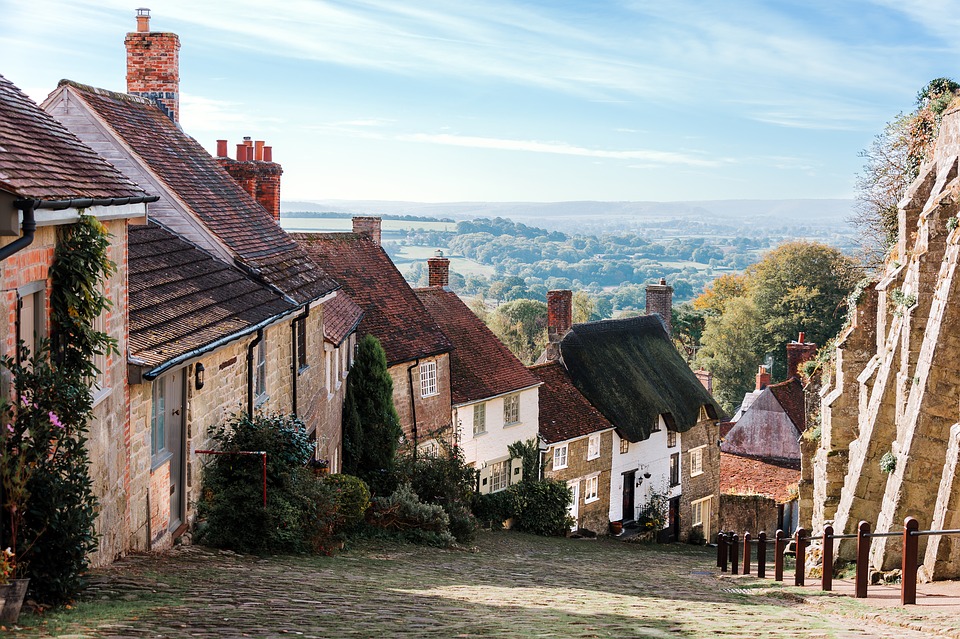There is money to be made in the rapidly expanding holiday let market. But do your sums carefully before you buy.
Forget buy-to-let; try buy-to-holiday-let. More and more landlords are moving into buying property specifically for holiday lets, driven by the tax advantages and a less stringent regulatory environment compared with conventional buy-to-lets. Holiday lets are a small market, but they are expanding quickly. Leeds Building Society, for instance, registered a 19% increase in holiday-let mortgage applications in the first half of 2019 from the same period in 2017.
The tapering of mortgage interest relief, second-home stamp duty surcharge and more stringent affordability checks have all dented the profitability of buy-to-let investments. Regulatory changes regarding everything from letting fees and tenant deposits to licensing and minimum space requirements have had the same effect. Airbnb, meanwhile, used to offer lucrative short-term lets but users are facing stricter rules to do with tax, compliance with local laws and mortgage terms and conditions.
Tax relief for holiday lets
By comparison with buy-to-let, furnished holiday lets (FHL) offer many advantages for potential investors. HM Revenue & Customs views holiday homes as small businesses, making them liable to pay business rates instead of council tax. But a tax loophole enables many to avoid paying. This is because owners are entitled to relief on 100% of the business rates payable if their properties have a rateable value of less than £12,000.
Those whose properties have a rateable value between £12,000 and £15,000 are also entitled to relief on a sliding scale, in line with the government’s small businesses rates relief policy. (You can check the rateable value of your property at gov.uk/correct-your-business-rates.)
FHL are also exempt from the mortgage tax-relief changes that apply to the conventional buy-to-let sector. Furthermore, owners can claim capital allowances for items such as furniture, equipment and fixtures, as well as capital-gains tax relief.
Still, a property must meet certain criteria to qualify as an FHL. It must be furnished; located within the UK or the European Economic Area (the EU plus Iceland, Liechtenstein and Norway); commercially let with a view to making a profit; available for letting for at least 210 days a year; and let for at least 105 days a year. As long as you can meet these criteria, there is good money to be made. According to Sykes Holiday Cottages, which manages holiday-let properties for landlords, Cumbria and the Lake District takes the top spot as the highest-earning region for holiday lettings, with an average annual income of £13,000 for a two-bedroom cottage and £28,000 for a four-bedroom cottage. Cornwall ranks second with an average annual income of £13,000 for a two-bedroom cottage and £23,000 for a four-bedroom one.
Roll up your sleeves
The major downside to investing in a holiday let is that it’s a lot more hands-on than buy-to-let. The property will need to be maintained, cleaned and the linen changed for each let. If you don’t live nearby you’ll need local help.
The same goes for advertising the property, answering queries, checking in guests and handing over keys. Sykes Holiday Cottages, for instance, charges a chunky 20% commission for such services. Any void periods will reduce your income too. In some areas the letting periods are as short as 20 weeks a year.
Lining up the paperwork
You also won’t be able to finance this on a residential mortgage or a normal buy-to-let mortgage. Most lenders don’t support holiday lets: the wide seasonal variations in income are considered too risky. If you want to turn a property you already own into a holiday let, check if this breaches the terms and conditions of your mortgage. You may have to switch to a new one. Fortunately, a growing number of small banks or building societies offer specialised holiday-let mortgages. These include: Metro, Paragon, Leeds, Cumberland, Furness, Market Harborough, Principality, Tipton and Harpenden. You’ll need a deposit of at least 25% for a holiday-let mortgage, while a 40% deposit will give you access to more competitive rates. Your annual rental income will need to be worth 150% of the interest payments. In addition, a borrower will probably need to prove a minimum income of £25,000 a year.
Seek advice
The number of holiday-let properties allowed also varies from lender to lender. For example, Paragon has no limit, but Harpenden only allows a borrower to have a maximum of four holiday-let mortgages. Owners in Greater London are prohibited from renting out a residential property for more than 90 days in any one year, unless they have planning permission.
Given the variety of deals available, it’s crucial to do your sums before investing in a holiday let and, if you are going to take out a mortgage, seek independent advice from a reputable mortgage broker. Finally, keep in mind that you will need buildings and contents insurance; to obtain the best deal consult an independent insurance broker.
By: Chris Menon
Source: Money Week

